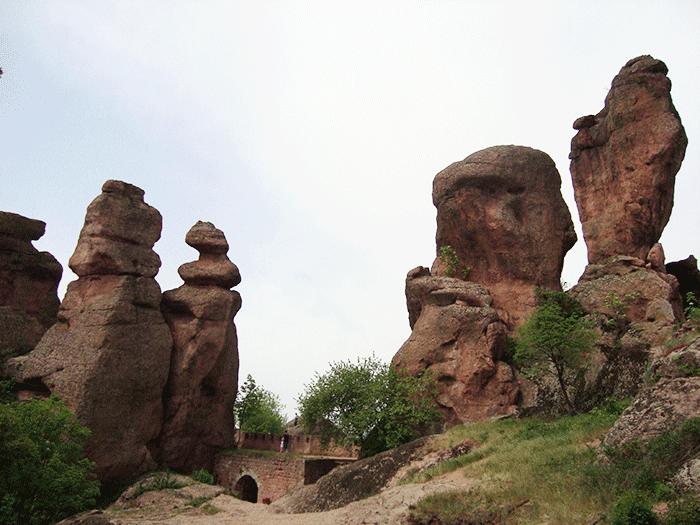Central Europe: the New World?
Author: Martin Hudson MW
We have been enjoying fermented grape juice for at least 7,000 years according to the latest archaeological evidence from Anatolia in Turkey, and for most of that time wine-making has been centred in Europe and the Mediterranean basin, only spreading to the so-called “New World” with the arrival of European settlers from the 16th century onwards.
Europe carried on making wine relatively undisturbed, until it was shaken by phylloxera in the late 19th century and the impact of imports from the Americas, South Africa and Oceania a hundred years later. This later invasion, although less catastrophic than that of phylloxera, has led to profound changes in wine-making style in many parts of the old world. Nowhere is this seen more starkly than in the former state-controlled wine-making countries of central Europe, where quality has improved dramatically in the last 20 years with privatisation, technology transfer and investment.
The danger is that these countries will discard centuries of tradition in a bid to grab market share with identikit chardonnays, sauvignon blancs, cabernet sauvignons and merlots. Fortunately, there are strong-willed individual wine-makers who are happy to embrace the technological advances on offer and apply them to their countries’ most precious vinous resource: their indigenous grapes. We at Berry Bros. & Rudd are delighted to offer some of the most exciting wines from countries as diverse as Bulgaria, Hungary, Croatia and Moldova that are well made, characterful, and like all good wines, have a sense of place. Whether it is an oak-aged red from Bulgaria or an aromatic white wine from Hungary, we are sure there are wine styles being produced in this new New World that will appeal to all tastes.
The producers we have chosen are disparate in size of vineyard and wine styles produced, but they all have in common a desire to produce wines that reflect the character of their vineyard sites. I attended a tasting of Bulgarian wines late last year, and the Borovitza winery stood head and shoulders above all the others on offer, for the quality of the wines, the range on offer, and the obvious passion of Dr Tzvetanov (Ogi).
Ogi has tracked down parcels of vines that survived the vine-pull of the 1980s, and vinifies them with great care in his winery near the Belogradchik rocks, a Unesco world heritage sites in the Danubian plain area. This is a boutique winery in the true sense, making tiny parcels of wine from both international and indigenous grapes. The Vox Dei Pinot Noir is “energised” with a fragment of meteorite in each barrel, and his Gamza red is made from the grape that originally made Hungary’s Eger Bikaver (Bull’s Blood) famous, Kadarka. The Dux is a Bordeaux blend from very old vines, and is simply the best Bulgarian red wine I have ever tasted.
The Frittmann brothers winery was founded in 1987 but the family have a long association with winemaking in the Great Plains area of Kunság, Hungary. They currently have around 50 hectares of vines, mainly planted with indigenous varieties. Cserszegi Fűszeres is widely grown in the Kunság area, and according to Jancis Robinson MW would undoubtedly be more popular if it had a more pronounceable name. Fűszeres means ‘spicy’ in Hungarian, and this characteristic comes through on this crisp, unoaked and very aromatic dry white wine. While Tokaji is clearly the most famous Hungarian wine producing region in Hungary, followed by the dry red wines from Eger, there are many wineries elsewhere in the country producing modern, clean interpretations of both traditional and international varietals, particularly from the Great Plains region (where vines were originally planted to stabilise the soil structure) and the areas around Lake Balaton.
Our exploration of re-emergent countries of Europe and the Near East obviously has to include the wines of Greece and the Hellenic islands, as well as the French influenced vineyards of the Lebanon, but other countries more recently under the spotlight are Moldova, where winemaking has an ancient history which was diminished during its occupation by the Ottoman Turks, but is now very much in the ascendancy, and Croatia, the original birthplace of the Zinfandel grape, alongside Turkey itself and the re-invigorated wine industry in Israel.



